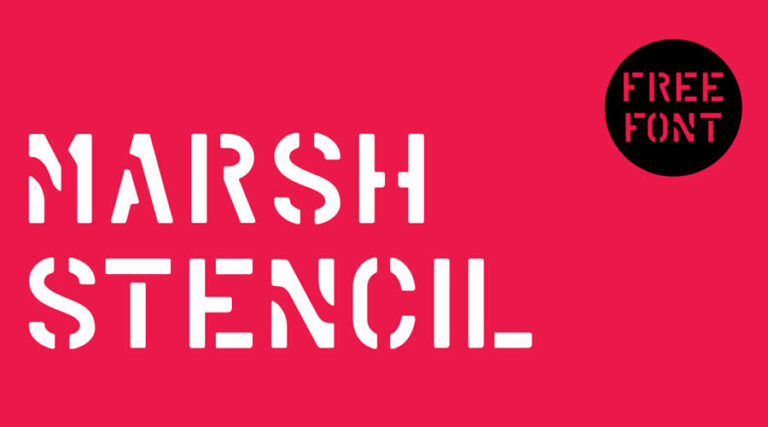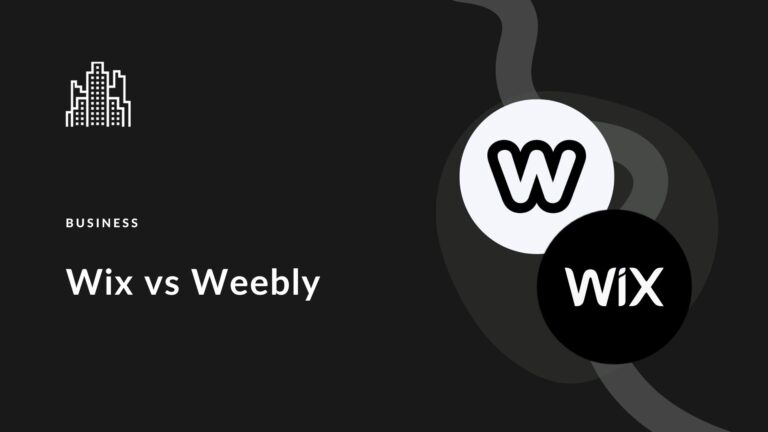
In a beginner’s journey into the world of web development, understanding JSON Arrays of Objects is like unlocking a treasure trove of structured data.
Picture it as a neatly organized filing cabinet where each drawer contains a collection of related information. With JSON arrays of objects, you can store and manipulate data seamlessly, whether you’re building APIs, managing databases, or crafting dynamic frontend experiences.
Dive into resources like Javatpoint for comprehensive tutorials and examples to master this fundamental concept, empowering you to build robust and efficient web applications with ease.
Understanding JSON Arrays of Objects
Understanding JSON Arrays of Objects is crucial for web developers. In simple terms, a JSON array of objects is like a neatly organized list where each item (object) holds specific information.
Picture it as a digital Rolodex, with each card containing different details. For example, you might have a list of contacts, where each contact is represented by an object with attributes like name, email, and phone number.
Websites like JavaTpoint offer comprehensive tutorials to help developers grasp the concepts of JSON array of objects, empowering them to efficiently manage and manipulate data in their web applications.
Syntax and Structure

In JSON, the syntax and structure of arrays of objects are fundamental concepts. Within square brackets, each element represents an object enclosed in curly braces, containing key-value pairs separated by colons.
This arrangement organizes data systematically, ideal for various applications like API responses and database interactions. Understanding this structure is key to effectively leveraging JSON Arrays of Objects.
For in-depth tutorials and examples, websites like JavaTpoint offer valuable resources, guiding developers through the intricacies of JSON and its practical implementation in web development projects. Here’s an example to illustrate:
[
{
“name”: “John”,
“age”: 30,
“city”: “New York”
},
{
“name”: “Emily”,
“age”: 25,
“city”: “Los Angeles”
},
{
“name”: “Michael”,
“age”: 35,
“city”: “Chicago”
}
]
In this example, we have an array of three objects, each representing a person with properties like name, age, and city.
Practical Applications
JSON arrays of objects find practical applications in various domains, including web development, database interactions, and API responses. For instance, when accessing data from a database using JavaTpoint tutorials, you can retrieve query results as a JSON array of objects, making it easy to process and display dynamic content on your web application. Similarly, when working with APIs, JSON arrays of objects simplify the parsing and manipulation of data received from external sources.
1. API Responses
When working with APIs, it’s common to receive data in the form of JSON arrays of objects. For example, a weather API might return an array of weather forecast objects for a specific location.
2. Database Interactions
When interacting with databases in web applications, JSON arrays of objects can be used to represent query results or to send structured data for storage.
3. Frontend Development
In frontend development, JSON arrays of objects are frequently used to manage and manipulate data dynamically. Frameworks like React and Angular rely heavily on JSON data structures to render dynamic content.
Best Practices

When working with JSON arrays of objects, it’s crucial to adhere to best practices for optimal results. Consistently structure your objects within the array, ensuring uniformity in key-value pairs.
Properly format your JSON data for readability and maintainability. Implement error handling mechanisms to handle any unexpected issues gracefully. For detailed guidance on handling JSON arrays of objects, check out the comprehensive tutorials on Javatpoint, a trusted resource for developers.
Consistent Structure
Ensure that each object within the array follows the same structure and contains the same set of keys. Consistency simplifies data processing and manipulation.
Proper Formatting
Use indentation and line breaks to format your JSON data properly, making it easier to read and understand.
Error Handling
Implement error handling mechanisms to handle cases where the JSON data is malformed or incomplete, preventing unexpected behavior in your applications.
Conclusion
Mastering JSON Arrays of Objects opens up a world of possibilities for developers. With the structured data they provide, handling complex information becomes seamless.
From APIs to frontend development, understanding how to work with JSON arrays of objects is invaluable. Resources like JavaTpoint offer comprehensive guides and tutorials to help developers sharpen their skills in this area.
By following best practices and embracing the versatility of JSON, developers can build more robust and efficient web applications. So, whether you’re a beginner or seasoned developer, delving into JSON arrays of objects is a worthwhile investment in your coding journey.
In case you have found a mistake in the text, please send a message to the author by selecting the mistake and pressing Ctrl-Enter.






